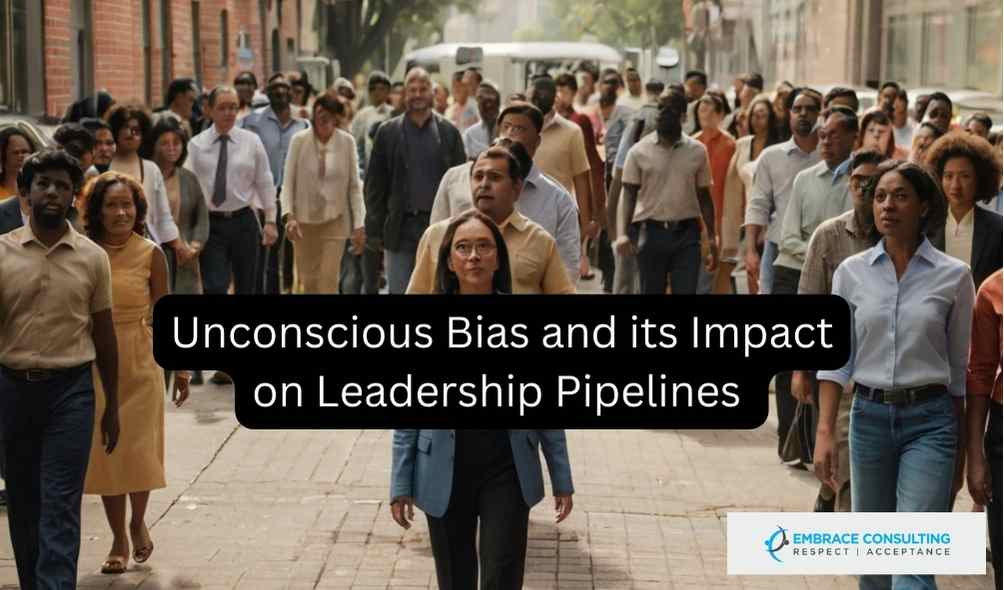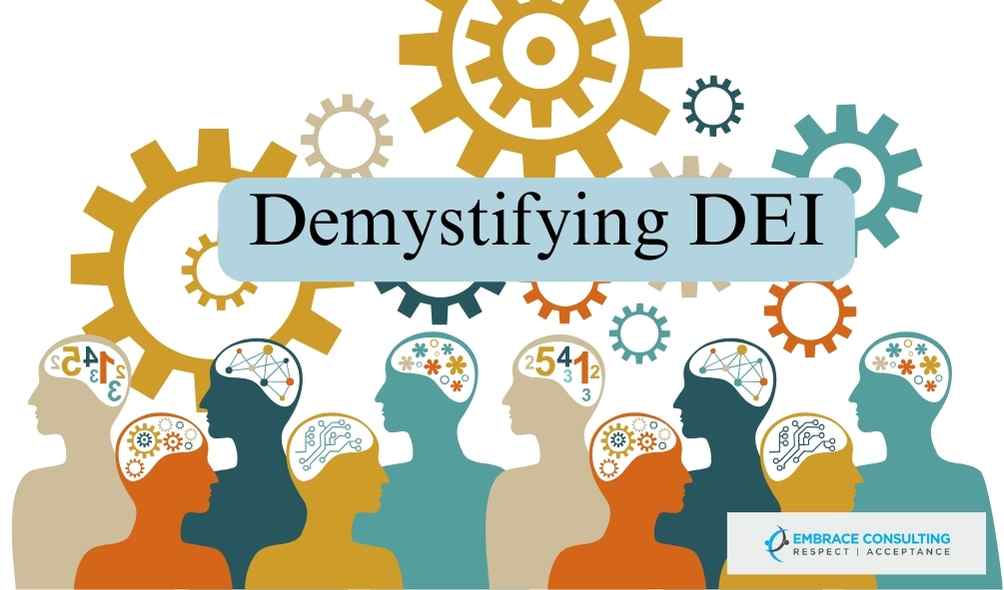In today’s increasingly diverse and globalized world, developing a robust Diversity, Equity, and Inclusion (DEI) strategy is no longer optional for organizations aiming to thrive. A well-defined DEI vision and mission serve as the cornerstone of this strategy, guiding the organization through its DEI journey.
This article will explore the steps to craft a clear DEI roadmap and provide insights into the importance of having a concrete DEI vision and mission.
Understanding the Importance of DEI
Before diving into the process of developing a DEI vision and mission, it is crucial to understand why DEI matters. Research has consistently shown that diverse and inclusive workplaces are more innovative, productive, and successful. According to a 2020 McKinsey report, companies in the top quartile for gender diversity on executive teams were 25% more likely to have above-average profitability compared to companies in the fourth quartile. Furthermore, a Deloitte study found that inclusive companies are 1.8 times more likely to be change-ready and 1.7 times more likely to be innovation leaders in their market .
Crafting a DEI Vision and Mission
- Assessment and Data Collection The first step in developing a DEI vision and mission is conducting a thorough assessment of the current state of diversity, equity, and inclusion within the organization. This involves collecting both quantitative and qualitative data, such as demographic information, employee surveys, and focus group discussions. Understanding the baseline will help identify areas of improvement and set realistic goals.
- Engaging Stakeholders Engaging stakeholders at all levels is essential in the DEI vision and mission development process. This includes employees, leadership, and external partners. Their input and buy-in are crucial for creating a DEI strategy that resonates with the entire organization. Town hall meetings, workshops, and feedback sessions can be effective ways to gather diverse perspectives.
- Defining the Vision The DEI vision should be a compelling and aspirational statement that describes what the organization aims to achieve in terms of diversity, equity, and inclusion. It should be forward-looking and inspire all stakeholders. For example, a DEI vision might be: “To foster an inclusive environment where diverse talents thrive and contribute to innovative solutions for a better world.”
- Creating the Mission While the vision outlines the desired future state, the mission statement describes how the organization will achieve this vision. It should be specific, actionable, and aligned with the organization’s overall strategic goals. An example of a DEI mission might be: “To implement equitable practices and policies that promote diversity, support inclusion, and ensure all employees have the opportunity to reach their full potential.”
- Setting SMART Goals Goals should be Specific, Measurable, Achievable, Relevant, and Time-bound (SMART). These goals will serve as the roadmap for achieving the DEI vision and mission. For instance, a goal might be: “Increase the representation of underrepresented groups in leadership positions by 20% over the next five years.”
- Developing Action Plans Detailed action plans outline the steps needed to achieve the DEI goals. This includes initiatives, programs, and interventions tailored to address the identified gaps. Each action plan should have clear timelines, responsible parties, and metrics for success.
- Communicating the Vision and Mission Effective communication is key to embedding the DEI vision and mission into the organizational culture. This involves regular updates, transparent reporting, and inclusive messaging that reinforces the importance of DEI to the organization’s success.
- Monitoring and Evaluation Continuous monitoring and evaluation are necessary to track progress and make adjustments as needed. Regularly reviewing DEI metrics and gathering feedback will ensure that the organization remains on track toward its goals.
Case Study: A Successful DEI Strategy
A notable example of a successful DEI strategy is Microsoft’s approach to diversity and inclusion. In 2020, Microsoft released its Diversity & Inclusion Report, highlighting its progress and outlining future goals. The company committed to doubling the number of Black and African American managers, senior individual contributors, and senior leaders in the U.S. by 2025. Additionally, Microsoft set clear metrics and provided transparent updates on their progress .
Conclusion
Developing a DEI vision and mission is a critical step in crafting a clear roadmap for an organization’s DEI journey. By following a structured process that includes assessment, stakeholder engagement, and setting SMART goals, organizations can create a DEI strategy that drives meaningful change. The benefits of a diverse, equitable, and inclusive workplace are clear, with numerous studies demonstrating the positive impact on innovation, employee satisfaction, and financial performance. As the world continues to evolve, organizations that prioritize DEI will be better positioned to succeed and lead in their respective industries.
References
- McKinsey & Company. (2020). “Diversity Wins: How Inclusion Matters.”
- Deloitte. (2018). “The Diversity and Inclusion Revolution: Eight Powerful Truths.”
- Microsoft. (2020). “Diversity & Inclusion Report.”










